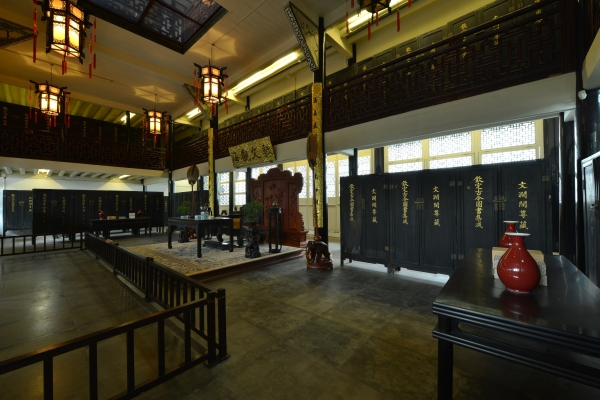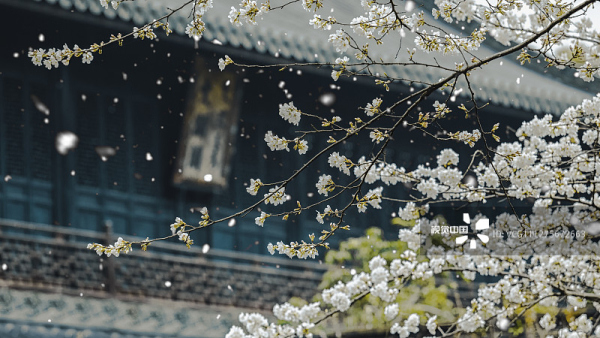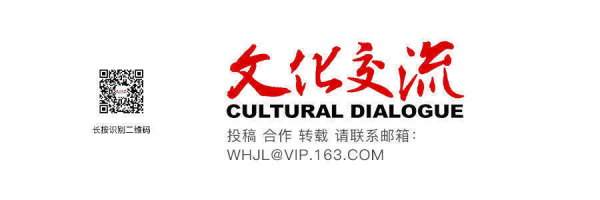Wenlange on the West Lake was built to house a copy of Siku Quanshu (Complete Collection of Four Treasures), compiled at the edict of Emperor Qianlong. Beginning in 1773, 361 scholars, some of them being high-ranking government officials, collected and annotated over 10,000 imperial manuscripts. From them, only 3,461 titles were selected for inclusion. The works are arranged in four divisions of Chinese literature: classics, history, philosophy, and the arts. Together, this knowledge represents 5,000 years of history, astronomy, geography, economy, society, law, politics, science, technology, and philosophy.

An inside view of Wenlange Library in Hangzhou
It was not the first collection made by a central government in China, but it was the biggest in the history of China. In fact, before Wikipedia, it was the largest collection of human knowledge in the world.
In order to make the books accessible to readers in China, Emperor Qianlong ordered to have seven copies made. About 3,800 scribes took part in copying the texts by hand, painstakingly recreating every last character stroke in perfect calligraphy. In the original collection, there were 3,461 titles copied from cover to cover and there was an additional list of 6,793 titles, which appeared in the collection as titles only and no contents from these books were copied. Each copy had 36,000 volumes contained in more than 6,100 book boxes. Seven copies were housed at seven sites. They were Wenyuange inside the Forbidden City in Beijing, Wenyuange in the Winter Palace in Beijing, Wenjinge at Chengde Imperial Mountain Resort in Hebei Province, Wensuge in Shenyang, Wenzongge in Zhenjiang and Wenhuige in Yangzhou in Jiangsu Province, and Wenlange in Hangzhou.
Wenlange as the physical imperial library on the West Lake was repurposed from a sutra collection pavilion of a Buddhist Temple. The temple itself was repurposed in 1727 from an imperial palace used by Emperor Kangxi. In 1738, the part of the temple was restored as an imperial palace. When the Siku Quanshu was completed, a special reconstruction project started in 1782 to turn the part of the temple into the library. In 1784, Wenlange was completed. Three years later, the books copied in the capital for Wenlange were shipped in batches to Hangzhou and made their ways into the imperial library on the West Lake.
The library looks like a two-story structure, but it has three floors inside: two main floors and a mezzanine, designed to have more space for storage of books, for good lighting and ventilation, and for convenient move of books.
In the winter of 1861, the Taiping Heavenly Kingdom army conquered Hangzhou. In January 1862, Ding Shen and Ding Bing, two brothers and book collectors who took refuge in Xixi, a suburb in the west of Hangzhou, when the city fell to the Taiping army, found a peddler near where they were living used book pages to wrap candies and melon seeds. They were astounded to find the pages were from books of the imperial Wenlange Library. It turned out that the peddler had in his possession several dozens of books from the imperial collection. That night, the brothers hurried back to Hangzhou and visited the library. The library was a total mess, a lot of books were missing and the remaining books were scattered everywhere. The two brothers instructed clan members to carry books away. The books in the library collected by the Ding brothers were housed temporarily in a temple in Xixi. The Ding brothers then sent people out to the city proper of Hangzhou to find and buy back books and pages wherever they could be found. In six months, they rescued 8,689 volumes from streets.
Thanks to their efforts, about one third of the Wenlange collection was saved. Then the brothers decided to make the collection complete again. It took more than 100 scribes eleven years to copy 26,000 volumes, based on books from other libraries across Zhejiang, including some titles which had been originally dropped for political reasons or for reasons unknown. Thanks to the Ding brothers, the collection was made complete again. After the Qing Dynasty fell apart and the Republic of China came into being in 1911, two more projects were launched respectively in 1915 and in 1923 in Hangzhou, largely to restore books to their total volumes or put deleted contents back. The first project was funded and organized by Xu Zhongsun and his disciple Du Shenfu. It took seven years to complete. Shortly after the first project was concluded, Zhang Zongxiang, then education director of Zhejiang provincial government, launched the second copy project. This time, it was organized by the government and funded by individuals across Zhejiang. This project took two years to complete.
Thanks to these copying projects, the Wenlange collection is the most complete of all the seven copies. The Wenlange collection is now an important resource for scholars when they look into all the issues concerning the imperial collection made in the 18th century.
In 1937, Japan launched a total invasion into China. Hangzhou suffered several air raids. Under the guidance of Chen Xunci, director of Zhejiang Library, the books were packed into 139 large cases and relocated to Fuyang and Jiande in the west of Hangzhou and then to Longquan in the south of Zhejiang for safety. In March 1938, the National Government decided to relocate the Wenlange collection to Guizhou Province in the southwest. The books traveled 2,500 kilometers and through five provinces before it reached Guiyang, the capital of Guizhou Province, at the end of April 1938. It was temporarily housed at the Zhang Clan Ancestral Temple there. Then the collection was further relocated to Chongqing, China’s wartime capital, in Sichuan Province.
In May 1946, about 9 months after China won the victory of the war of resistance against Japanese aggression, the collection started its return journey from Chongqing. It took six trucks and nearly 20 staff members and guards and over 50 days before it came back safely to Hangzhou.
In April 1954, the collection was relocated to Qingbai Resort on the slope of the Solitary Hill. Not far from Wenlange, the modern building of reinforced concrete was ideal for the storage of the collection.
In January 1970, the collection was relocated secretly again to Longquan in the south of Zhejiang due to the intense international situation. The collection stayed there for about six years. It was not until 1976 that it came back to Hangzhou. The to-and-fro journey was 1,240 kilometers long.

An outside view of Wenlange Library in Hangzhou
Nowadays, the Wenlange collection of Siku Quanshu is housed in an underground environment with constant relative humidity and temperature. Though the imperial Wenlange Library was open to readers in the past, it can’t be compared to a modern-day public library. The approval of the central government of the Qing Dynasty, a public library was set up in 1911 and Wenlange became part of the public library. In 1912, the collection was moved to the Ancient Book Department of Zhejiang Library at Solitary Hill. The Wenlange as a historical building became West Lake Museum in 1929 and then became part of Zhejiang Museum. In 1981, Wenlange was put under the protection of the provincial government. In 2001, it was designated as a key cultural relic unit under the protection of the central government. From 2006 to 2014, Wenlange went through a major restoration project by Zhejiang Museum.
Hangzhou Press Group reprinted the Wenlange collection of Siku Quanshu from 2004 to 2014. The first photocopy edition was 300 sets.
